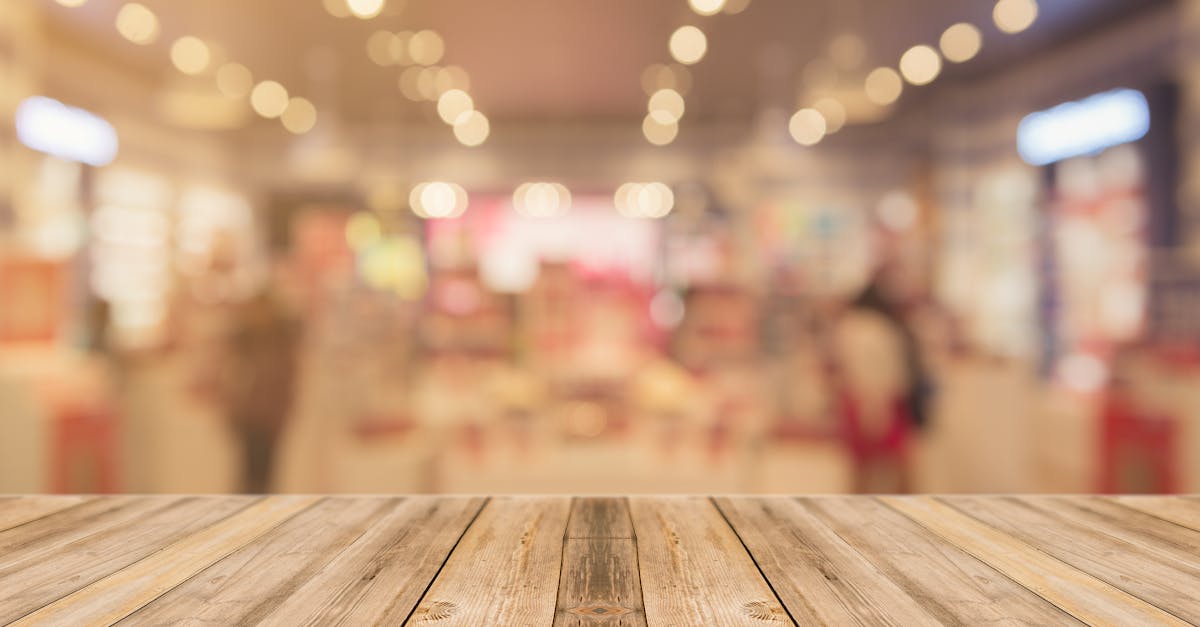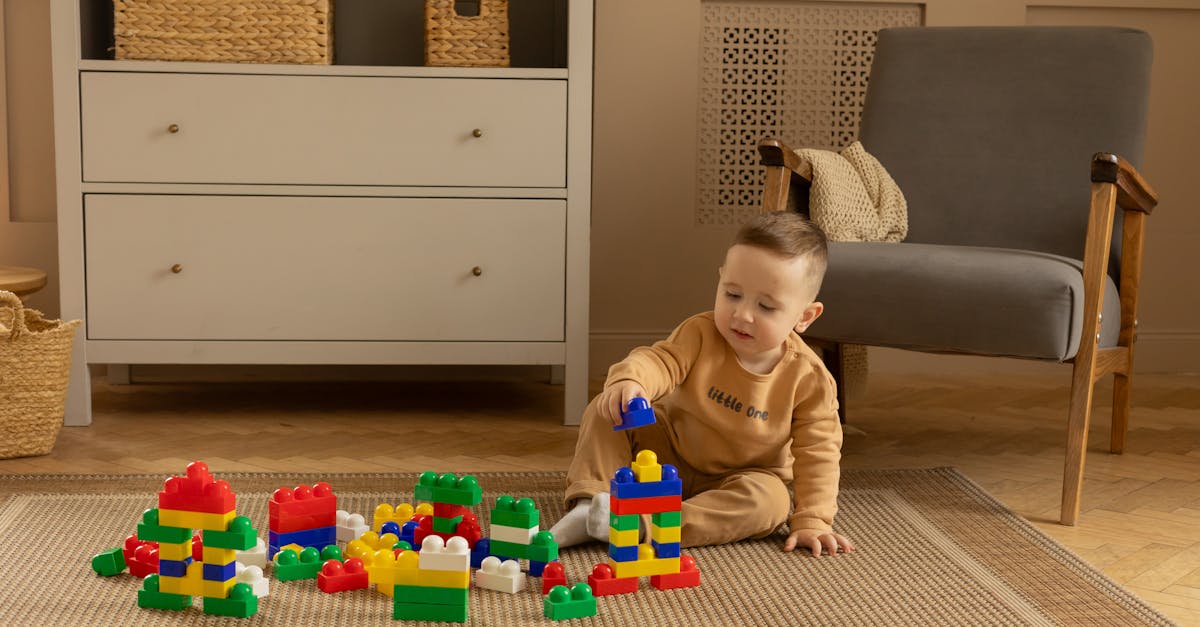The use of neutral colors in interior design offers numerous benefits that enhance the overall ambiance of a home. These colors create a sense of balance and serenity, making spaces feel calming and inviting. Neutral shades are highly versatile, allowing for seamless integration with various styles and accent colors. They serve as a perfect base for decor, enabling easy transformation with minimal effort. Additionally, the mass appeal of neutrals makes them an ideal choice for homeowners looking to sell, as they attract potential buyers by showcasing a home’s best features.
Current Trends in House Painting and Remodeling
In today’s ever-evolving world of interior design, staying updated on the latest trends in house painting and remodeling can greatly enhance the appeal and functionality of any living space. Homeowners are increasingly seeking ways to create atmospheric and stylish environments that reflect their personal tastes while also considering the longevity and versatility of their design choices. This is where the significance of neutral colors comes into play.
Neutral shades have emerged as a popular choice for various interior design styles, providing a perfect canvas that allows for creative decoration and personalization. These understated tones not only promote a sense of calm but also offer flexibility for seasonal refreshes without the need for extensive renovations. Whether it’s a fresh coat of paint, an accent wall, or innovative materials, understanding how to effectively harness these trends can transform any home into a sophisticated sanctuary. Join in as we explore the key elements that define the current landscape of house painting and remodeling, giving insights and practical tips to elevate your living space.

| Benefit | Details |
|---|---|
| Versatility | Neutral colors can complement any style, making them suitable for various design themes. |
| Timelessness | Neutrals have a classic appeal that remains in fashion, ensuring longevity in your decor. |
| Calming Atmosphere | Soft, muted tones create a soothing environment that promotes relaxation. |
| Brightening Effect | Light-colored neutrals enhance space by reflecting light, making rooms feel larger and brighter. |
| Easy to Refresh | Changing accessories can update your style without the need for repainting. |
| Mass Appeal | Neutral colors appeal to a wide audience, making spaces more welcoming and easier to sell. |
| Flexibility with Accents | Neutrals allow for easy integration of bold accent colors without clashing. |
Current Trends in Painting and Home Remodeling
Homeowners today are more enthusiastic than ever about refreshing their spaces through painting and remodeling. As trends evolve, staying informed about the latest styles, techniques, and materials can help achieve a professional look that reflects personal taste. This guide delves into popular color palettes, innovative applications, and unique remodeling ideas that can transform any home into a stunning sanctuary.
Popular Color Trends
Colors have a profound impact on the ambiance of a home. Currently, neutral colors dominate interior design, creating a serene backdrop that allows for creative expression through accessories and furniture. Not only do neutrals provide versatility, but they also appeal to potential buyers, making them a safe choice for those considering selling their homes.
Understanding Neutrals
Neutral colors are characterized by their muted tones and lack of color wheel hues. Common neutral colors include:
- White
- Gray
- Beige
- Brown
- Black
These hues serve as the perfect backdrop for any design style—be it minimalist, rustic, or contemporary. Warm undertones can create inviting spaces, while cool undertones contribute to an airy feel.
Layered Neutrals
A popular trend is the use of layered neutrals, where a single neutral color is applied in various shades throughout a room. This effect is achieved by selecting several hues from the same color family. For instance, a beige room might have walls painted in a light beige, paired with slightly darker beige furniture.
Innovative Techniques for Application
Beyond traditional painting, innovative techniques and materials are emerging in home remodeling, allowing for bespoke solutions that enhance both functionality and aesthetics. Here are some technique trends gaining traction:
Textured Finishes
Using textured finishes is an exciting way to add visual interest to walls. Specialty paints or techniques like sponging, rag rolling, and stucco can create unique surfaces. These textures not only enhance the aesthetic but also contribute to a homely atmosphere.
Painting Techniques to Explore
Consider employing the following techniques to refresh your walls:
- Ombre Walls: This trend blends one color into another for a soft gradient effect.
- Accent Walls: Paint one wall in a bold color to create a focal point.
- Two-Tone Walls: Combine two colors horizontally or vertically for a modern touch.
Innovative Materials for Home Remodeling
The choice of materials can significantly affect the overall look and feel of a remodeled space. Current trends highlight the importance of eco-friendly and sustainable materials that not only elevate esthetics but also contribute positively to the environment.
Eco-Friendly Painting Options
When selecting paint, consider zero-VOC (volatile organic compounds) or low-VOC paints that minimize harmful emissions during and after application. These eco-friendly options not only maintain indoor air quality but also promote a healthier living environment.
Statement Furniture
Incorporating furniture made from reclaimed or responsibly sourced materials is on-trend. For instance, wooden furniture with a natural finish can complement both modern and rustic designs while adding warmth and charm to any room.
Functional Room Transformations
When remodeling, it is crucial to consider how each space serves its purpose. Here are a few transformations that enhance both aesthetics and functionality:
Open Floor Plans
Open-concept designs remain popular as they create a sense of spaciousness. Removing unnecessary walls can create a fluid motion between rooms, allowing for greater flexibility in design and function. Use neutral walls in open spaces to maintain a cohesive look.
Smart Home Integrations
Modern homes are increasingly becoming «smart.» Integrating technology such as smart lighting, thermostats, and security systems not only simplifies daily routines but also elevates the home’s overall appeal. Homeowners can paint these systems to match the surroundings or use neutral colors to discreetly blend them with existing decor.
Creating a Cohesive Look
To successfully execute a home remodeling project, maintaining a cohesive color scheme and design style is vital. Here are practical tips:
Mix- and Match- Patterns
Mixing different patterns can add dynamism to a space, but it’s essential to maintain visual harmony. Base these patterns on a cohesive color palette to avoid overstimulation. Incorporate patterns through textiles, artwork, or decorative accents while keeping larger items in neutral colors.
For additional guidance on mixing and matching, refer to this informative resource.
Understanding Proportion and Scale
When selecting furniture and accessories, consider their proportion relative to the room size. Oversized items may overwhelm a small space, while tiny accessories can get lost in larger rooms. Select furniture that complements the scale of the room to create a balanced and inviting environment.
Final Touches to Enhance Spaces
Once the primary areas are painted and remodeled, the finishing details can elevate your home’s aesthetic:
Accessorizing Wisely
Use accessories to introduce pops of color. Bright cushions, rugs, or artwork can contrast beautifully with neutral walls, allowing for seasonal updates without committing to an entire remodel. For inspiration on using colors effectively, check out this insightful article.
Lighting Matters
Never underestimate the importance of lighting when it comes to accentuating color. Experiment with warm and cool lighting tones to see how they change the perception of your colors. Proper lighting can breathe life into painted walls, unveiling their true beauty.
Incorporating these contemporary trends in painting and home remodeling can create spaces that are not only aesthetically pleasing but also functional and inviting. By choosing the right colors, materials, and techniques, homeowners can embark on a rewarding transformation journey, elevating their living spaces for years to come.

Your Dream Home Awaits!
Transform your living space with our expert painting and remodeling services. Whether it’s a fresh coat of paint or a complete home makeover, we bring creativity and professionalism to every project. Let us help you create a home that reflects your unique style and enhances your daily life.
Current Trends and Tips in Painting and Home Remodeling
Popular Color Choices
- Neutral Shades: Utilize shades like beige, gray, and white as they offer a calm and versatile backdrop for any decor.
- Accent Walls: Create focal points in a room with bold colors or distinct patterns to add visual interest. Check out these stunning accent wall ideas.
- Earthy Tones: Embrace warm, earthy colors like terracotta and muted greens for a natural and inviting atmosphere.
Application Techniques
- Layered Neutrals: Combine different shades of neutral colors in various textures to create depth and sophistication in a room.
- Textured Finishes: Experiment with different paint techniques, such as sponging or rag rolling, to add character and dimension to walls.
- Modern Minimalism: Aim for a sleek and simple aesthetic by using clean lines and minimal color variation.
Innovative Materials
- Eco-Friendly Paints: Consider using low-VOC or no-VOC paints for healthier indoor air quality.
- Smart Materials: Look for new materials that are not only beautiful but also enhance functionality, such as magnetic paint or chalkboard paint.
Design Integration
- Mixing Styles: Combine elements from various design styles such as modern, rustic, and vintage to create a unique home aesthetic that reflects personal style.
- Furniture Selection: Invest in versatile and timeless neutral-colored furniture pieces that can adapt to changing decor trends without needing to be replaced.
By incorporating these trends and tips, the goal is to enhance your home’s aesthetic while ensuring practicality and longevity. Exploring popular color options, applying the latest techniques, using innovative materials, and integrating design elements ensures a cohesive and stylish living environment.
For more on how neutral colors can transform your home, check out this helpful resource: The Benefits of a Neutral Colored Palette.
Frequently asked questions
Glossary of Key Terms Related to Home Painting and Remodeling Trends
- Neutral Colors
- Colors that are muted and lack strong hues, often used as a backdrop in interior design.
- Warm Neutrals
- Neutral shades that have warm undertones, such as yellows, oranges, or reds, creating a cozy atmosphere.
- Cool Neutrals
- Neutral shades with cool undertones, like blues and greens, which instill a fresh and airy feel in spaces.
- Layered Neutrals
- A design trend where various shades of the same neutral color are used together in a space for depth and sophistication.
- Accent Colors
- Colors used in small amounts to contrast or complement a neutral color base, providing visual interest.
- Timeless Appeal
- The enduring quality of neutral colors that allows them to remain stylish across various design trends.
- Brightening Effect
- The ability of light-colored neutrals to make spaces feel larger and more open by reflecting light.
- Textural Contrast
- The combination of different materials and finishes in a space to create visual depth and intrigue.
- Visual Interest
- Elements within a space that capture attention and create a dynamic environment, often through color or pattern diversity.
- Interior Design Styles
- Diverse aesthetic approaches used in home decorating, such as minimalist, rustic, or contemporary, that guide color and decor choices.
The Benefits of Neutral Colors in Interior Design are numerous and impactful. From their versatility in complementing various styles to their timeless appeal, neutral colors offer a calming ambiance that enhances any living space. By utilizing these shades effectively, homeowners can create a beautiful, functional, and sophisticated environment that reflects their personal style. Consider applying these insights in your home to experience the transformative power of neutral colors.
Versatility in Design
One of the most compelling advantages of using neutral colors in home decor is their remarkable versatility. They serve as a perfect backdrop for various design styles.
- Opt for light neutrals like beige or taupe to enhance a bright and airy atmosphere.
- Incorporate darker neutrals such as charcoal gray to add depth and elegance to more formal spaces.
- Mix and match different shades of neutrals to create a layered look that adds visual interest while still maintaining a cohesive palette.
Creating a Calm and Inviting Atmosphere
Neutral colors promote relaxation and comfort, transforming a home into a tranquil retreat.
- Choose soft neutrals like whites or light grays for bedrooms and bathrooms to foster a serene environment.
- Use warmer neutrals with undertones of yellow or orange for spaces intended for social gatherings, as these promote warmth and intimacy.
- Consider calming, cool neutrals with blue or green undertones for living rooms to encourage a fresh and peaceful ambiance.
Cost-Effective Decor Options
Utilizing neutral colors can be a savvy investment, especially when it comes to changing decor themes.
- Select neutral furniture pieces that can easily blend with various accent colors when you want a seasonal refresh.
- Utilize neutral paint as a base layer, allowing easy updates with colorful accessories like cushions, rugs, and artwork.
- Decorate using neutral backdrops that enable you to experiment with different patterns and colors, reducing the risk of costly re-decorating.
Transform Your Space Today!
Are you ready to bring your vision to life? Our expert painting and remodeling services will enhance the beauty and functionality of your home. With a focus on timeless design and high-quality finishes, we create spaces that reflect your unique style. Contact us today to schedule a consultation and start your journey towards a more beautiful home!
Sophia Torres is the creative mind behind the most dazzling transformations at TS Painting & Restoration. With a strong background in interior design and a deep passion for tropical color palettes, she has helped hundreds of clients revitalize their spaces into vibrant and inviting environments. Born in Colombia and raised in Florida, Sophia brings a unique perspective to her work, blending Latin American influences with modern design trends.
Sophia’s vision of color goes beyond the conventional. She is known for her ability to create bold and unexpected combinations that reflect Florida’s natural beauty. Her focus on color psychology and strategic use of tones allows her to transform any environment, making each project a showcase of her clients’ personal style. On her blog, she shares practical tips on how to choose colors that not only beautify but also enhance emotional well-being and create harmony in the home.
When not working, Sophia enjoys exploring art galleries, experimenting with DIY projects, and finding inspiration in Florida’s lush landscapes. For her, design isn’t just about aesthetics; it’s about creating spaces that tell a story, reflect the identity of those who live there, and evoke positive emotions. At TS Painting & Restoration, Sophia is committed to helping homeowners discover how colors can transform their homes into true havens of tranquility and beauty.


